In the Warm Mist of Cuyamaca Remembrance
By Roy Cook
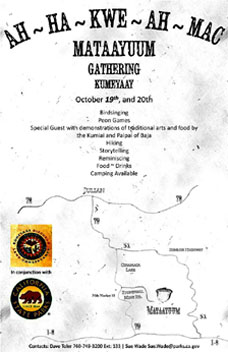
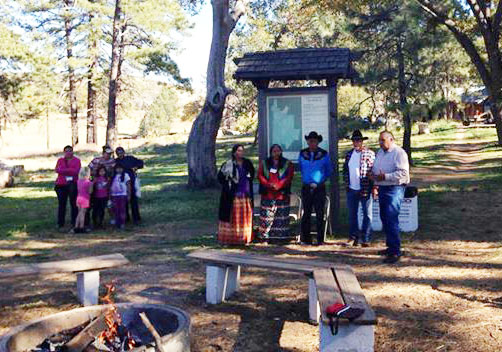
It is clear to see that the dark trunks of trees remember the recent fiery purification as do the new green slopes of the watershed valleys of the Cuyamaca mountain meadows. Like this event they instill hope with their new life evident and in sight. We gather together, this day as in days past. To celebrate, socialize, recognize relatives, enjoy the children at play and appreciate our elders for their courage and survival.
We appreciate the opportunity to participate at this Cuyamaca Mattayum. The coordination and logistics is, in no small part, the efforts of: Sue Wade of Cuyamaca State Parks, Dave Toler of Kumeyaay Diegueno Land Conservancy, Carmen Lucas and the song leaders and peon judges. We also acknowledge these images from John Elliot. Mehan to all.
Traditionally, there was no written language so that songs and the stories carry the richness of the culture. The oral tradition with the telling of journeys, historical events, the creation, and valor were an integral part of traditional Kumeyaay life, conveying traditional knowledge, history and social values. Today, the most commonly known song cycle is that of Bird Songs. They are used primarily for entertainment and have allowed the Kumeyaay to maintain a connection with their cultural past despite the contact with and destructive influences of European colonialism. For Ipai, Tipai and Kumeyaay Native Americans who share recognizable dialects the perpetuation of traditional songs is extremely important to the maintenance of cultural identity.
Other song cycles and family songs, which include wildcat and salt dances and funeral songs, are now less familiar. Accompanied by gourd rattles for rhythm and used for dancing, the songs have both ceremonial and social purposes in Kumeyaay life. Specific expectations govern the way in which they are sung and presented. Because of the quantity and length of these songs, it takes many years of practice and mentoring to learn and master their correct presentation.
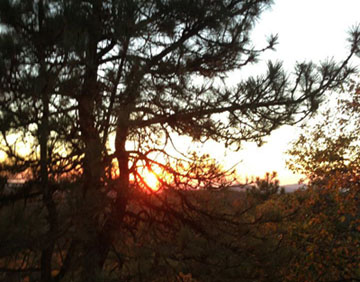
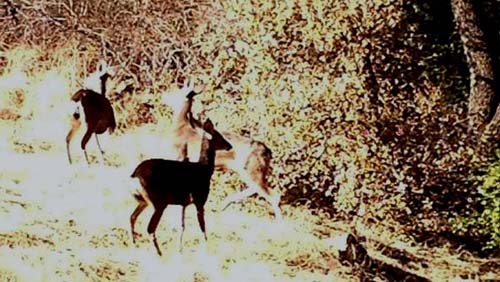
Who was there at the Matayum. Where the event held and what happened in what sequence?
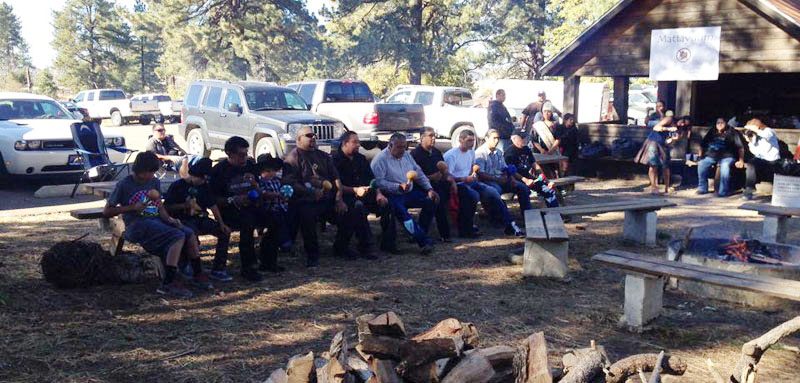
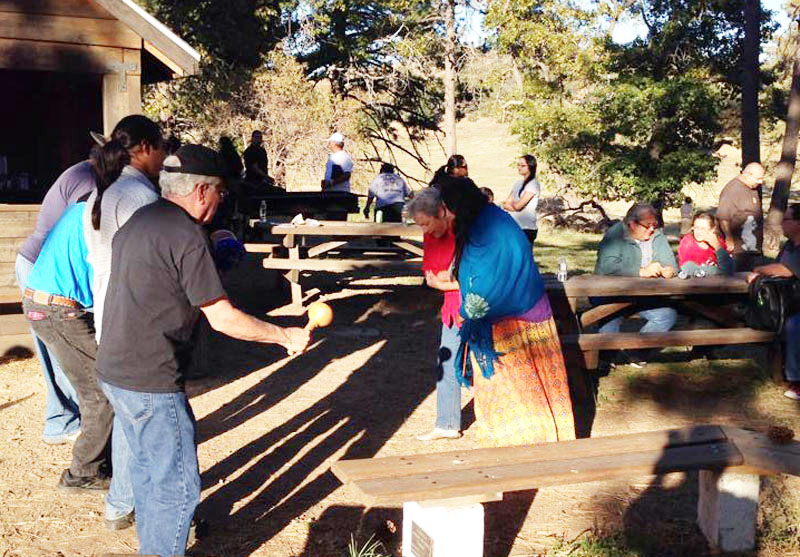
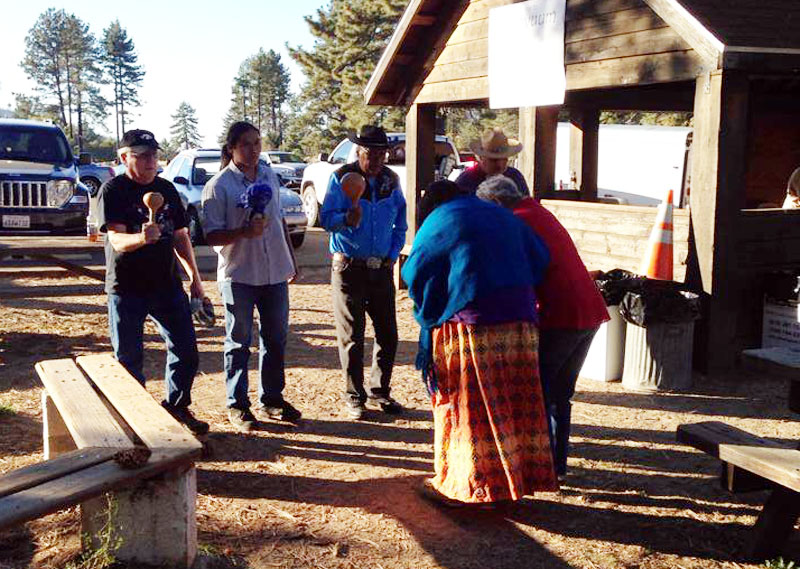
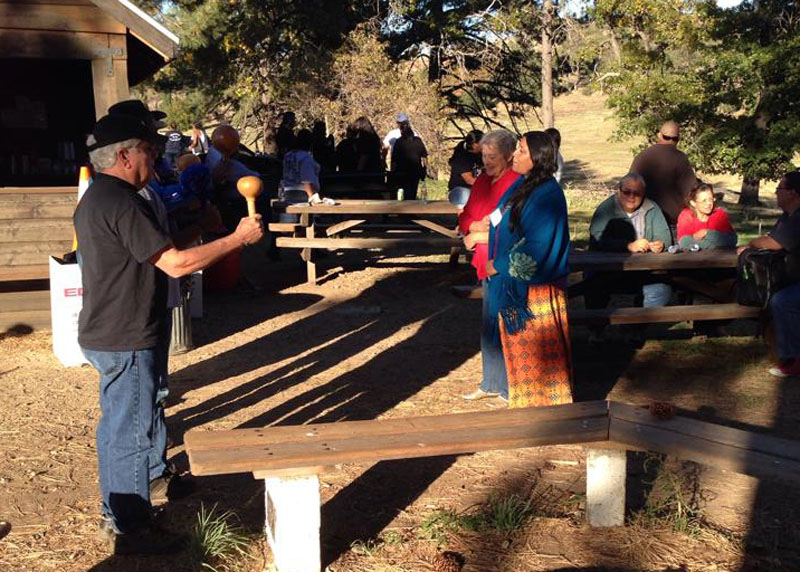
What next? Native communities have maintained living traditions with remarkable care through oral tradition. At first glance, from the point of view of a profoundly literate tradition, this might seem little to brag about, but the structure of the word and the sounds of words enables a kind of fluidity of continuity and change that has clearly enabled Native traditions to sustain, and even enlarge, themselves in spite of European American efforts to eradicate their languages, cultures, and traditions. In this colonizing context, because oral traditions can function to ensure that knowledge is shared with those deemed worthy of it, oral tradition has proved to be a particular resource to Native elders and their communities, especially with regard to maintaining proper protocols around sacred knowledge. So a commitment to oral tradition can be said to have underwritten artful survival amid the pressures of colonization. It has also rendered Native traditions particularly vulnerable to exploitation. Although Native communities continue to privilege the kinds of knowledge kept in lineages of oral tradition, courts have only haltingly recognized the evidentiary value of oral traditions. Because the communal knowledge of oral traditions is not well served by the protections of intellectual property in western law, corporations and their shareholders have profited from indigenous knowledge, especially ethno botanical and pharmacological knowledge with few encumbrances or legal contracts. Oral tradition has also rendered Native recorded culture vulnerable to erosion. But the apriority practice and tradition of tribal self determination validates living in the moment and that context is the final validity.